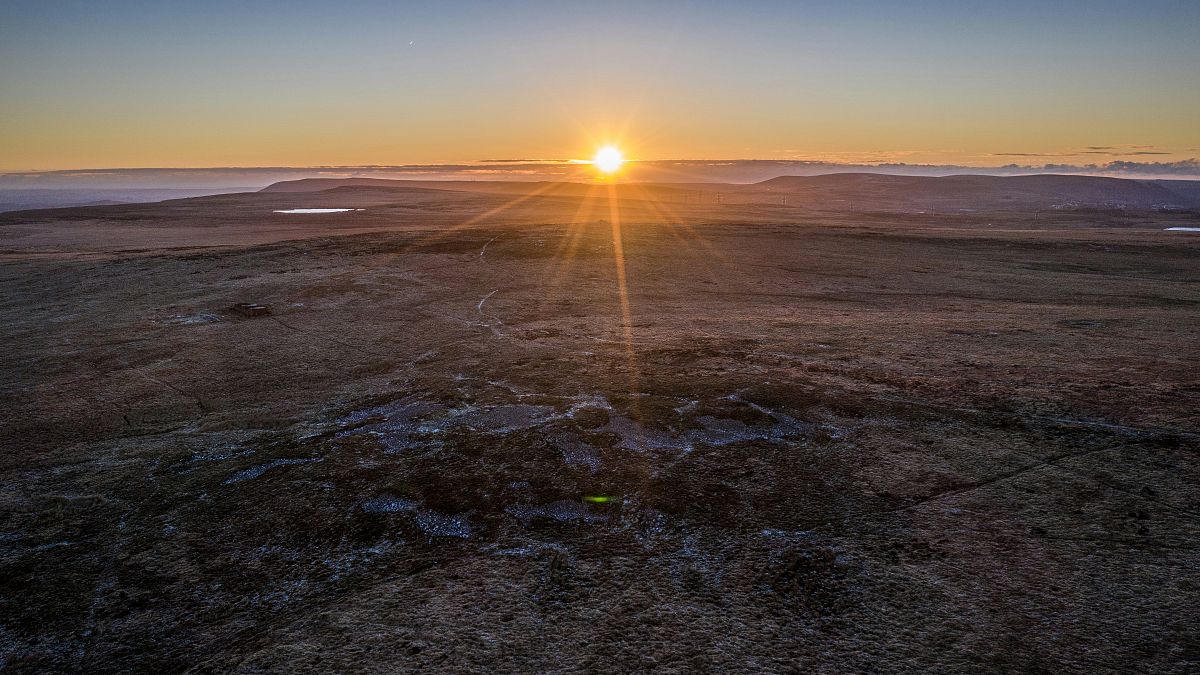The Iberian Penisula has a unique approach to fire prevention

An ancient breed of horse and European bison are part of a pioneering project to combat the risk of wildfires in Spain and Portugal. Here’s how.
Rare Garrano Horses and European Bison aid in wildfire prevention
In a groundbreaking experiment in the Iberian Peninsula, the Garrano horse along with European bison, both ancient breeds, have joined forces to combat the risk of wildfires.
These endangered animals are playing a crucial role in clearing scrubland and vegetation that serve as fuel for devastating blazes.
How are prehistoric horses helping to combat wildfires?
The Garrano horses, with a population of approximately 300, roam semi-wild in the Serra da Cabreira mountain range in Portugal. This breed, which traces its origins back to prehistoric times, faced a significant decline in numbers since the mid-20th century.
According to Joao Paulo Ribeiro, president of the Association of Garrano Breeders, their population dwindled from about 70,000 to only 350 mares in the 1990s.
However, thanks to dedicated conservation efforts, their numbers have now risen to over 1,500.
Mayor Antonio Cardoso of Vieira do Minho aptly refers to the horses as “sapper horses,” in reference to the military term and highlighting their vital role in clearing the grounds.
This innovative approach aims to prevent wildfires by utilising the horses’ natural grazing behaviour to consume approximately 30 kilograms of vegetation daily.
By targeting the areas beneath telegraph poles, the horses contribute to creating firebreaks, reducing the risk of fires spreading.
A collaborative effort between humans and European Bison in Spain
Similar initiatives in firefighting have been implemented in other regions.
In Spain, the director of the European Bison Reserve, Jesús González Ruiz, emphasizes the critical role of European bison in maintaining forest health.
Bison, known for their indiscriminate eating habits, consume over 130 different plant species, effectively clearing and rejuvenating the landscape. Their presence helps prevent the undergrowth from becoming a potential fire hazard.
This collaborative effort between humans and animals signifies a significant shift towards sustainable fire prevention strategies.
By harnessing the innate behaviours and abilities of these endangered breeds, communities in the Iberian Peninsula are working towards preserving their rich natural heritage while safeguarding against the devastating impacts of wildfires.
They hope this form of ‘eco-grazing’ will spread to other areas too.
Watch the video above to learn more about this pioneering project.
Source: Euro News















